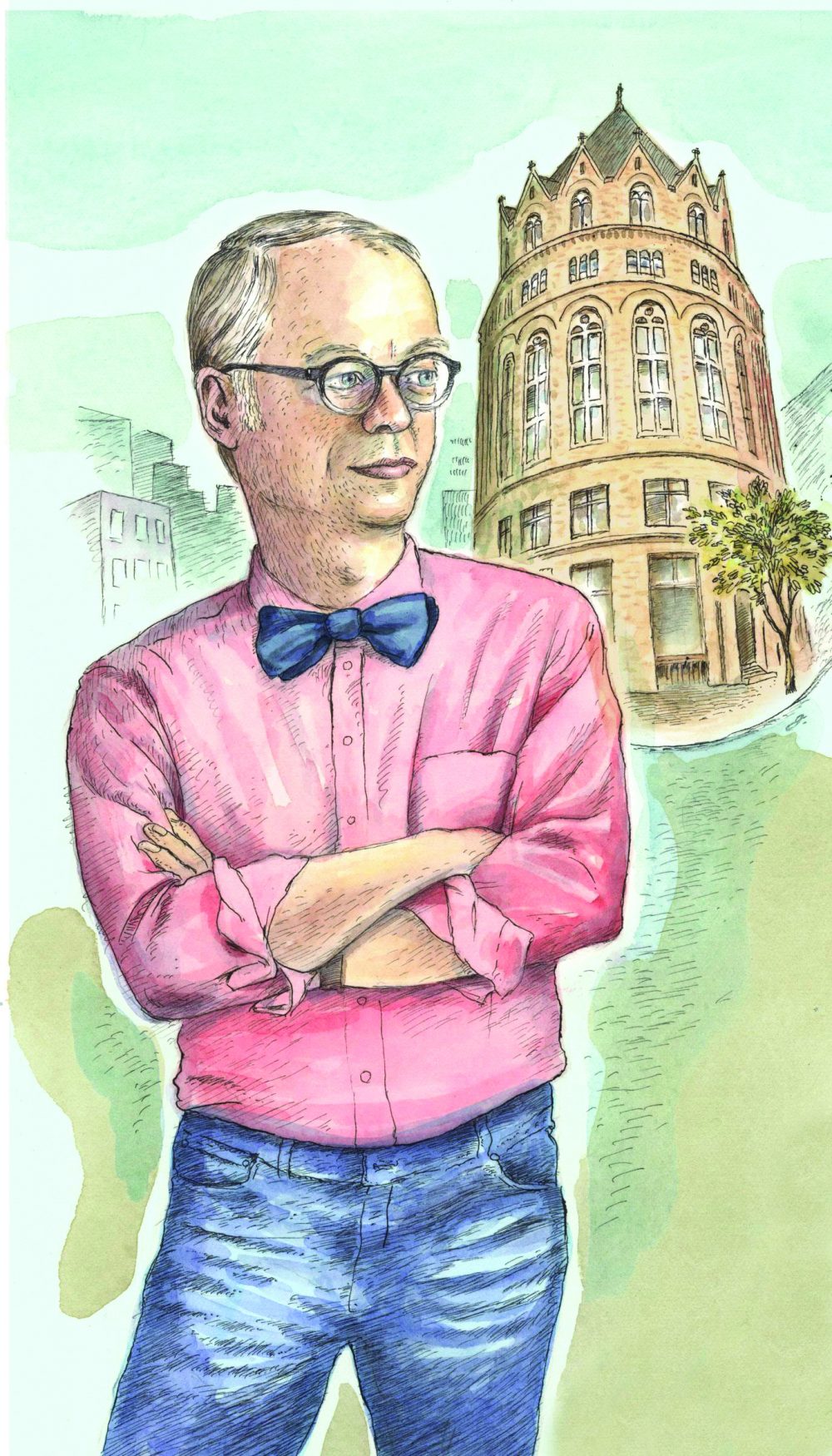Your email address is required to begin the subscription process. We will use it for customer service and other communications from Milk Street. You can unsubscribe from receiving our emails at any time.
By Hand
Back to November-December 2020

A recent caller on our radio show, Melissa, helped a neighbor butcher a cow and was given the bones as a thank you. (Not one steak or package of ground meat, mind you!) Now she wanted to know how to cook stock with 150 pounds of bones. Curious, I asked how she learned to cut up a 1,200-pound animal. Her answer was that she looked it up in “Country Wisdom & Know-How,” an oversize compendium of rural how-tos. She mentioned that she owned a Sawzall, a handheld reciprocating saw much like a jigsaw, as well as a table bandsaw. It became clear that Melissa is pretty handy around the farm.
I grew up around people just like Melissa. Balers got out-of-whack and had to be fixed in the middle of haying. Tractor clutches were replaced next to Carl Hess’ gas station with a wrench and a couple of screwdrivers. Venison was dressed out, cut up, and pressure canned for the winter. Potatoes were grown and stored on the screened porch or basement over the winter. The garden produce was put up, including green beans, tomatoes, blueberries and corn. Internal combustion engines were fixed and serviced by the owners. Apple trees were pruned in late fall. Draft horses and cows were ministered to without calling a veterinary specialist except in extreme cases. Jars of liniment and bag balm were common supplies. Any sort of plumbing, carpentry or electrical matter was done by oneself or a neighbor. And we always knew someone with a backhoe, a douser who could find water with an apple branch, or a friend with welding tanks. But you never lent out your hunting dogs or tools; they were private property.
Traveling the world has reminded me that cooking is still done by hand; it is the last vestige of our heritage of self-reliance. Harvesting and pressing your own olives in Italy or Galilee, rolling and stretching scallion pancakes in Taipei, cooking over live coals in Oaxaca, grilling eggs in their shells as street food in Vietnam, barbecuing whole lamb in Argentina, rolling out and shaping tortellini in Emilia-Romagna. Using one’s hands is, after all, what defines us as human—the ability to make tools and use them. Yes, animals often use rocks and sticks to get what they want, to crush a clamshell or to retrieve ants, and the intelligence of animals has been greatly underrated (the octopus, for example, may have a human-sized IQ). But humans build cathedrals, computers, harpsichords and rockets.
Cooking may be the last truly useful thing we do by hand; it’s all about how your hands make you feel. The hands transmit powerful sensory input to the brain—the weight of a good knife, the feel of the handle, or the sensation of slicing through an onion. The brain then transforms these inputs into emotions (as it does with flavor) and that connects to memory. Good cooks know how to listen to the murmurs of simmering and the sizzle of sautéeing, smell the aroma of a chocolate cake ready to come out of the oven, or the touch of a steak that is perfectly cooked. For my part, these sensations connect me to my deepest past; a farmhouse kitchen on a wet, cold day when anadama bread had just been pulled out of the oven offering a ripe whiff of molasses, the first steamy bite of buttered, salted corn picked minutes before from our garden, and the warmth of late afternoon sun on my back as I churn peach ice cream on the cabin steps, using a hand-cranked White Mountain bucket.
Earlier culinary travelers have mistaken cooking by hand for lack of sophistication; a quaintness that was about to be replaced with technology. Today, however, I am of the opposite point of view. Cooking by hand is the mark of the richest cultures, not something to be shunted off as old fashioned. When your hands are used to push buttons, not transform ingredients into dinner, then we have descended into a world of post-modern dystopia. We have distanced ourselves from what matters most, interacting with the world around us without a technological go-between. Food, love, family—they all have to experienced firsthand. It’s touch that matters.
My favorite unheralded writer of the 20th century, Gordon MacQuarrie (“Stories of the Old Duck Hunters”), writes about Harry, a true outdoorsman. “You can spot those real country-raised boys every time when they grab an ax… No false moves. No glancing blows.” After Harry has split a half cord for the kitchen range in the hunting cabin, after a full day of duck hunting, he made a weathervane: “He whittled out an arrow from an old shingle, loosely nailed it to a stick, climbed to the roof and nailed it there firmly. I suppose that if I had mentioned building an addition to the back porch he’d have started right in.” Later, MacQuarrie gets to the heart of it, “He knows the value of working with his own hands, of being eternally busy, except when sleeping.”
History teaches that civilization is not a straight line. Things often go backward and we leave behind what matters most. These things may appear primitive, like being elbow-deep in the guts of a large buck in deer season, but our hands are there for a reason; to remind us that we are human, that we are desperate for contact with the physical world for reasons that transcend practicality. It is, I think, an inconvenient truth.
November-December 2020
